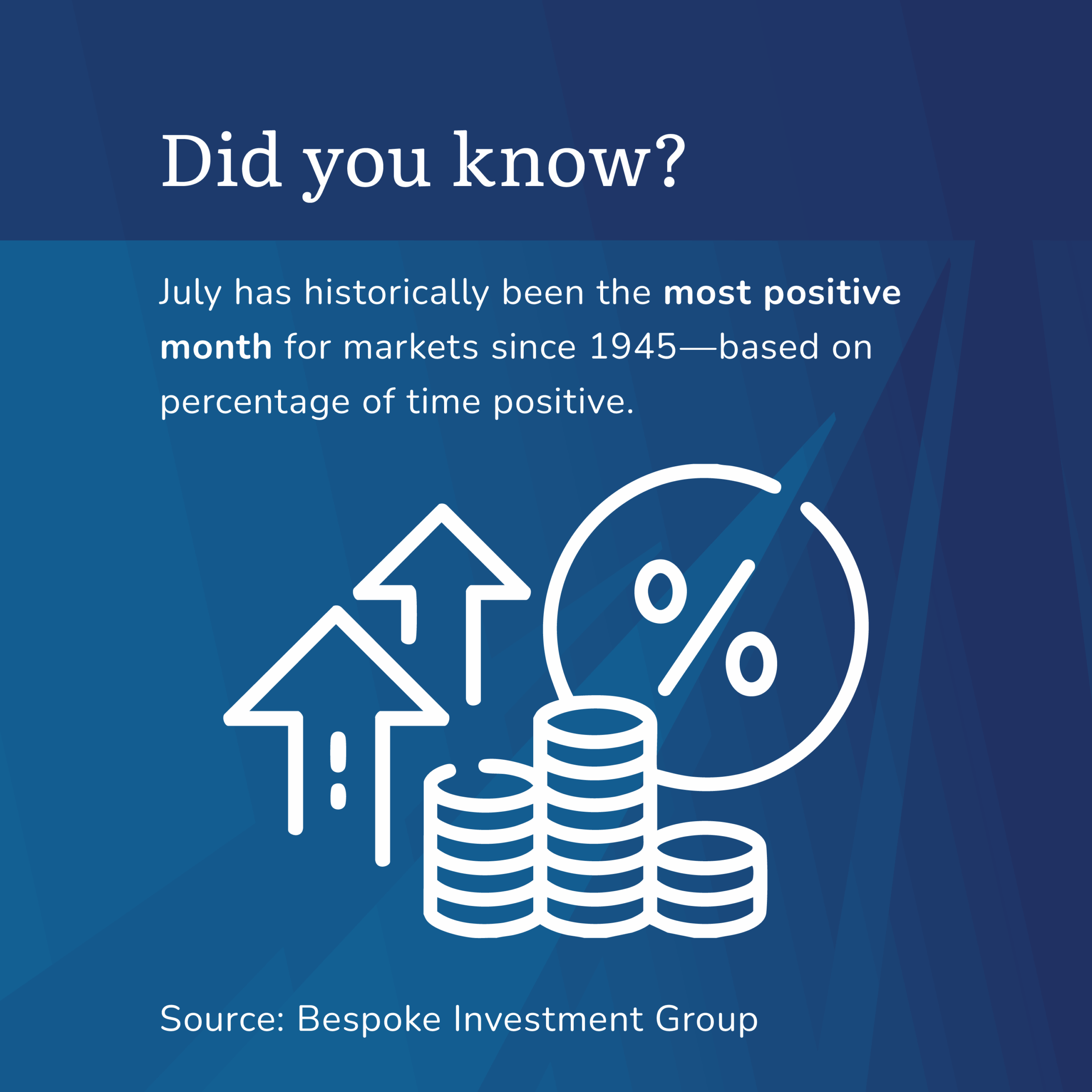The Titanic: The Future Ain’t What it Used to Be
We’ve seen the warning on every investment site, in every prospectus, in every description of every mutual fund ever peddled: “Past performance is not indicative of future returns.” So it amazes me how many investors base their expectations for future investment returns on past market returns. Some base it on long-term historical returns because a long history seems to imply some statistical comfort. Others focus on more recent returns. Both approaches are recipes for disaster.
Bob: Hello, Harold.
Harold Evensky: Hi, Bob. We haven’t talked in . . . gosh, let me check my watch. How have you and Mena been doing these last few days?
B: Harold, this is no time for small talk. I’ve been watching the markets.
HE: Like everybody else, I suppose. I can’t seem to find a channel on television that isn’t talking about the run-up in stocks.
B: Harold, it’s taken me awhile to catch on but this is a great market!
HE: And that’s what you called to tell me?
B: Look, I know I’ve been somewhat conservative about investing in the past.
HE: That may be an understatement. You think CDs are risky investments.
B: You never know when a bank is going to fail at just the moment when the FDIC fund is— Well, anyway, that’s not why I called. I’ve been watching stocks go up and up and up, and I think I’m finally convinced that the stock market is where I need to put my retirement money.
HE: Let me have a look at your portfolio. Right now you have about 23.8 percent of your total assets in the stock market, and I remember having to twist your arm a few years ago to get you to go that high. So what kind of an increase are we talking about? Thirty percent? Thirty-two percent?
B: All of it.
HE: All of it? You? The fellow who remembers the Tech Bust and Grand Recession as if it were yesterday, wants to go all-in on stocks?
B: What’s the problem? Stocks have been going up for the last five years. I know a trend when I see one.
HE: Bob, before you take this flying leap, could we talk for a minute? I’d like to get your advice on something that’s been bothering me for a while. We can get back to your investment idea in a minute. Okay?
B: Sure.
HE: I’ve just finished reading a couple of economic studies by researchers for whom I have a lot of respect. They discuss the extraordinarily high market valuations based on price-to-earnings and price-to-book ratios in the markets today.
B: I think I know what those are. Price-to-earnings is called the P/E ratio. That’s the stock price divided by the last twelve months’ earnings and it tells you how expensive the stock is compared to what the firm is earning. Price-to-book is the P/B ratio and it’s the company’s stock price divided by the company’s book value. It tells you how much you’re paying per share for every dollar of company book value.
HE: That’s good. A lot of investors would have no idea what those terms mean. Anyway, when you look at all these P/E and P/B ratios across the entire market, it looks as if stocks are very expensive compared to long-term values. —
B: So that means I’ve made a lot of money, and so have your other investors, right?
HE: I guess that’s one way of looking at it. It’s also yesterday’s story. My challenge is that to calculate how much you and everybody else needs to save to have a reasonable probability of being able to afford retirement, I have to come up with an estimate of what kinds of returns you’ll get in the future. We call it “future market return assumptions.”
B: I don’t understand why that’s a problem. Can’t you just base your projection on an average of what the markets have done in the past?
HE: I wish it were that predictable. Of course, I could do that. Unfortunately, there’s no reason to believe that calculation would provide a reasonable “guesstimate” of future returns. I have to come up with a number I can believe in. When my clients are ready to retire some years down the road, having relied on that number, they need it to be right—or they can’t retire.
B: Okay, so how can I help you?
HE: Tell me what you think about this: I look at today’s valuations and the research, and everything tells me that the investment future cannot possibly be as rosy as it has been throughout the last couple of decades. So I’m sitting here at my desk telling myself that it’s time to stop futzing around and acknowledge that, despite what financial headline writers seem to think, I believe they’re being way too optimistic in estimating future market return assumptions. And I need to tell my clients that.
B: They’re not going to like hearing that.
HE: Tell me about it. Why do you think I’ve put it off so long?
B: You do have a problem.
HE: I have to come up with a way to decide what numbers to plug into my fancy Monte Carlo software—and all the other sophisticated software I have on my desktop.
B: You know, Harold, maybe I’ll wait a week or two while you look into this thing that’s bothering you before I commit totally to the stock market. In fact, you know what you should do? Write an article about it. You’re a good writer.
HE: I like that idea. I could call it “Heading for Disaster? The Assumptions Advisors Use for Investment Planning May Threaten Their Clients’ Future.”
B: Perfect title. And when you’re finished with your research, we can revisit my portfolio.
HE: It’s a deal.
[Two weeks later]
B: Hello, Harold.
HE: Hi, Bob. What’s happening?
B: I was wondering if you’ve gotten around to writing that article yet. I noticed the market went up again yesterday, and I was thinking maybe I’m in danger of missing some of the upside of this bull market thing.
HE: Yes, your timing is perfect. I did write the article, and I submitted it yesterday. My research confirmed my gut feeling that the assumptions that I (and most practitioners) have been using for our planning are much too optimistic. I’m more convinced than ever that returns for many decades in the future could easily be significantly less than investors have enjoyed over the past seventy years.
B: So does that solve your problem?
HE: Not quite. Now I have to decide two things: What is the significance of lower returns for investors? And what should I do about it?
B: What have you concluded so far?
HE: That I still have more work to do, so I’m back to the drawing board. I’ve done some preliminary research and have an idea, but I need to give it some more thought. I’ve rearranged my schedule for the week so I’ll have time to concentrate on this issue.
B: Sounds good. Mena and I will be taking a cruise soon so I’ll touch base with you when we return.
HE: Have a great cruise and give me a call when you’re back and catch your breath. We can then do some planning looking to the future and not the past.
Bob returns from his cruise in the next chapter and the story continues.
This blog is a chapter from Harold Evensky’s “Hello Harold: A Veteran Financial Advisor Shares Stories to Help Make You Be a Better Investor”. Available for purchase on Amazon.
How can our investment strategies grow your wealth?
Categories
Recent Insights
-

How Microsoft Teams Can Transform Your RIA Firm’s Efficiency and Compliance
In the competitive world of registered investment advisory (RIA) firms, effective communication and collaboration are key to delivering exceptional client service and maintaining regulatory compliance. Before the pandemic, in-person collaboration was the norm at our firm, but with the transition to a fully remote office, we needed a secure internal communication platform. Today, as many…
-

One Big Beautiful Bill: How Trump’s Tax Overhaul Impacts American Families and Businesses
On July 4th, 2025, President Donald Trump signed into law the “One Big Beautiful Bill Act,” a sweeping piece of legislation that reshapes the American tax landscape and introduces a range of economic, social, and regulatory reforms. Below is an examination of the bill’s key provisions. Key Provisions of the “Big Beautiful Bill” 1. Permanent Extension and Expansion…
-

Talk Your Chart | From Saunas to Stock Surges: Market Recoveries, Margin Resilience & Rate Watch | Episode 69
In Episode 69 of Talk Your Chart, Brett and Marcos unpack the surprising speed of the recent market recovery, debate the timing vs. time-in-market mindset, explore political biases in investing, and analyze how corporate margins and U.S. debt are shaping investor decisions in 2025. Charts available for download here.
-

Smart Money Moves for Teens: The Best Financial Literacy Apps
Why Financial Literacy for Teens Matters Let’s face it—teaching teens about money can be tricky. But thanks to an ever-growing list of financial literacy apps, it’s never been easier (or more engaging) to help kids build healthy money habits. I recently spoke with two clients who’ve been using the Greenlight app to help their children…
-

Rebuilding Financial Confidence After Divorce: Managing Risk & Moving Forward
Divorce is not just an emotional transition—it’s a financial one, too. The process of separating assets, redefining financial goals, and adjusting to a new financial reality can feel overwhelming. But with the right mindset and strategies, you can regain control and build a future that aligns with your new chapter in life. Understanding Financial Risk…
